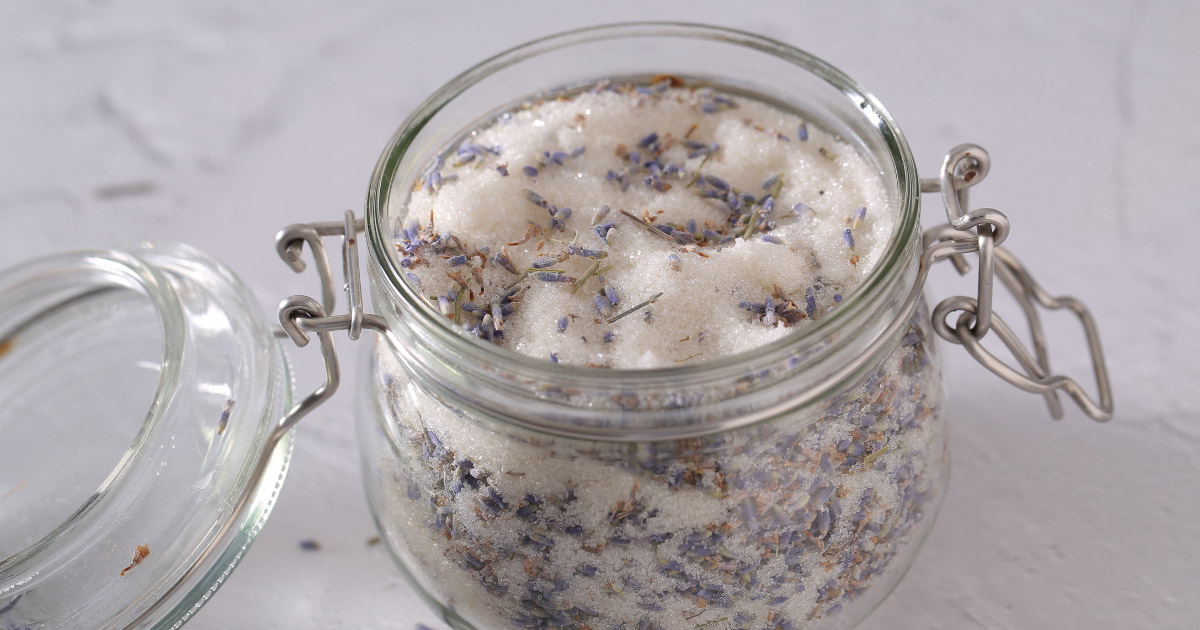How To Make Natural Beeswax Candles with Essential Oils

A simple, fun, beeswax and essential oil recipe!
I love making natural beeswax candles with essential oils for my friends!
Beeswax candles scented with real essential oils make the perfect gifts.
Natural beeswax candles have no synthetic ingredients that can cause negative reactions. In this recipe, we're using pure essential oils (no thanks to artificial fragrances!), so they're even gentler. They're great options for people with sensitivities.
Or you can leave out the essential oils altogether, and just make unscented beeswax candles. If you use very pure beeswax, your candles will smell like honey!
First, gather your recipe ingredients and utensils:
A Pyrex measuring cup
Jojoba oil (Simmondsia chinensis). Jojoba oil is actually a liquid wax. I use this to "grease" the Pyrex measuring cup, so it's easier to clean when I'm finished.
Glass jars. Use any size or shape of glass jar that you like. It's fun to get creative!
Natural beeswax pellets. The amount of beeswax you need depends on the size of your jar. A good way to estimate this is to fill your jar once with beeswax pellets, and then fill it again halfway. (So you're filling your jar with beeswax 1.5 times.)
An organic wick. Using a natural wick is important to avoid releasing synthetic particles into the air when you burn your beeswax candle.
Scissors (to trim the wick).
A glass stirring rod or stainless steel spoon.
Essential oils! You can choose any essential oils you like for your beeswax candles . . . but I do have a few suggestions and tips below.
Chop sticks. (I'll explain in the directions!)
Want to watch the process and follow the recipe step by step? Watch me make natural beeswax candles in this YouTube video!
Making natural beeswax candles with essential oils is so simple.
Here are the steps:
Grease your Pyrex measuring cup with jojoba.
Measure your beeswax. Just fill your jar with beeswax pellets 1.5 times, and pour the beeswax into your Pyrex.
Set up the "Stovetop Melting Method."Put your Pyrex measuring cup into a soup pot that's about ¼ full of gently boiling water. The water will heat the Pyrex, and melt the beeswax within it. (Ta da! A homemade double boiler!) Leave the handle of the Pyrex hanging over the side of your soup pot, so it doesn't get too hot. You can see this set up on the YouTube video above.
While the beeswax is melting, measure your wick. Place it in the jar, and trim it so there's a decent amount sticking up over the top of the jar. Balance the chop sticks on the top of the jar to hold the wick in place. (If your wick is flexible enough, you can even tie it around one of the chop sticks!)
Measure your essential oils. I use about 25 drops of essential oil (approximately 1 ml) for every 1 oz (28 g) of beeswax. It's enough to scent the entire room.
When your beeswax is melted, remove it from the heat and add your essential oils. Stir gently with your glass stirring rod, or your spoon.
Pour it carefully into the jar, holding the wick in place with your chop sticks.
Let your candle solidify and completely cool before burning it.
What essential oils work best for making beeswax candles?
You can really use any essential oils you like.
However, I've found that deeply scented base note essential oils tend to work really well. They have rich, heavy, long-lasting scents that don't evaporate too quickly.
In the YouTube video (above), I'm using Vetiver (Vetiveria zizanoides) and Vintage Patchouli (Pogostemon cablin) essential oils.
Some other excellent options are:
Here's a beautiful recipe for a woodsy, floral beeswax candle with essential oils.
(Make sure to adjust the drop counts according to how much beeswax you're using. Remember: About 25 drops for every 1 oz (28 g) of beeswax.)
Time to clean up!
You greased your Pyrex with jojoba, right?
It can be a little tough to get the dried beeswax off without regreasing your Pyrex, so if you forget, you might have to use some hot water, elbow grease, and something to scrape the wax off.
Have fun!





